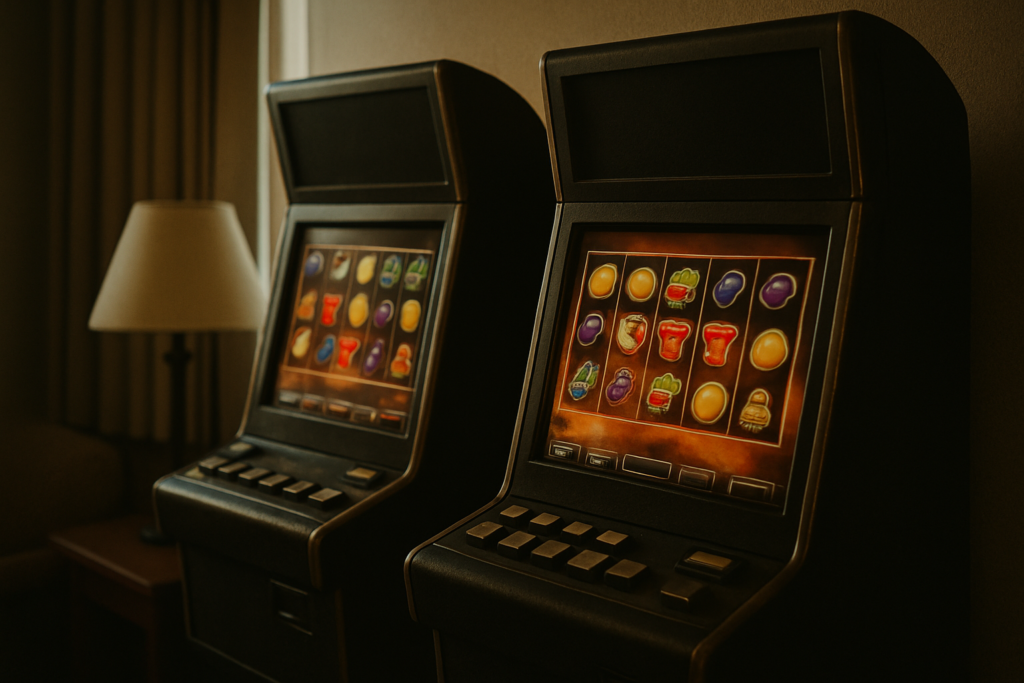Exploring Multiplayer Madness: Trends and Types
Cooperative Multiplayer Games
Cooperative multiplayer games emphasize teamwork and collaboration. Players work together against non-player characters or environmental challenges to achieve a common goal.
Popular examples include Overcooked, where players manage a chaotic kitchen, and Left 4 Dead, where they survive against zombie hordes.
In cooperative games, communication is essential. Teams coordinate strategies and share resources.
Many games incorporate voice chat and text features to facilitate this. Tasks and levels often require varied skills, so each player’s role is vital.
Competitive Multiplayer Games
Competitive multiplayer games focus on player-versus-player (PvP) scenarios.
These games pit individual players or teams against one another.
Notable examples include:
- Fortnite, where players battle in a last-person-standing format
- League of Legends, where teams compete in strategic battles.
Skill and reflexes are crucial in competitive games. Players strive for higher ranks and better stats. Many games feature ranking systems, leaderboards, and professional esports scenes. These elements drive continuous improvement and community engagement.
By covering the trends and types of cooperative and competitive multiplayer games, players can better understand the diverse experiences the genre offers.
Top Cooperative Games Review
Puzzle and Strategy Games
Puzzle and strategy cooperative games offer intellectual engagement and require players to think critically.
Portal 2 is a prime example, where players solve physics-based puzzles in a futuristic setting. Each level demands coordination and communication.
Another notable title is Keep Talking and Nobody Explodes, where one player defuses a bomb while others provide instructions from a bomb manual.
It challenges players to relay information accurately under time pressure.
Adventure and Role-Playing Games
Adventure and role-playing cooperative games immerse players in expansive worlds filled with quests and narratives.
Divinity: Original Sin 2 stands out for its intricate story and turn-based combat.
Players can team up to navigate a richly detailed fantasy world, making choices that impact the plot’s outcome.
Monster Hunter: World is another example, where players hunt massive creatures in a cooperative environment.
The game’s success hinges on teamwork and strategic planning, as each player must play their role effectively to take down formidable monsters.
Best Competitive Games for Strategy Lovers
Real-Time Strategy Games
Real-time strategy games challenge players to think quickly and manage resources.
- StarCraft II, developed by Blizzard Entertainment, stands out for its balance between three distinct factions: Terran, Zerg, and Protoss. Each faction offers unique units and strategies, requiring players to adapt continuously.
- Age of Empires IV, from Relic Entertainment, offers historical campaigns and multiplayer modes where players build empires, manage economies, and conduct warfare. The game’s real-time mechanics demand constant attention to both macro and micro-level decisions, making it a staple for strategy enthusiasts.
- Company of Heroes 2, also by Relic Entertainment, focuses on tactical warfare during World War II. Players control various units, from infantry to tanks, requiring strategic deployment and real-time adjustments based on enemy movements.
First-Person Shooter Games

First-person shooter (FPS) games add a layer of reflex-based competition to strategic gameplay.
- Counter-Strike: Global Offensive (CS:GO), developed by Valve, requires players to manage in-game economies while executing precise teamwork. Players can choose from different roles such as snipers or bomb defusers, each impacting the overall strategy.
- Rainbow Six Siege, from Ubisoft, emphasizes tactical team play and situational awareness. Players choose operators with unique abilities, contributing to the team’s defensive or offensive strategies. Destructible environments add another layer of strategic depth, as players can create new vantage points or disrupt the enemy’s plans.
- Overwatch, also by Blizzard Entertainment, blends FPS action with team-based strategy. Players select from a diverse roster of heroes, each with specialized roles like offense, defense, support, or tank. Team composition and coordination are crucial, as balanced teams significantly outperform those lacking strategic planning.
What Makes a Great Multiplayer Game?
Game Mechanics and User Interface
Game mechanics form the backbone of any great multiplayer game. Developers must ensure mechanics promote engagement through balance and innovation.
For instance, games like Fortnite and League of Legends use unique abilities and crafting systems to keep players invested.
An intuitive user interface (UI) is equally vital. Efficient UI design allows players to access essential information quickly.
Overcooked’s split-screen co-op interface and Fortnite’s HUD offer prime examples.
Community and Support
A strong, active community enhances the multiplayer experience. Games with robust communities, such as Counter-Strike: Global Offensive and Rainbow Six Siege, offer a sense of belonging.
Community events, online forums, and social media groups keep interest high.
Support from developers also matters. Regular updates, bug fixes, and new content maintain player engagement.
For example, Overwatch and StarCraft II benefit from ongoing developer support.


 Alpha Ricketts - Senior Analyst Alpha Ricketts serves as Senior Analyst at Jackpot Journey Spot, bringing valuable insights into market trends and game strategies. With a background in data analysis and a passion for understanding the nuances of gaming behavior, Alpha helps shape the site’s focus on responsible gaming by providing data-driven insights that keep readers ahead of the curve.
Alpha Ricketts - Senior Analyst Alpha Ricketts serves as Senior Analyst at Jackpot Journey Spot, bringing valuable insights into market trends and game strategies. With a background in data analysis and a passion for understanding the nuances of gaming behavior, Alpha helps shape the site’s focus on responsible gaming by providing data-driven insights that keep readers ahead of the curve.
